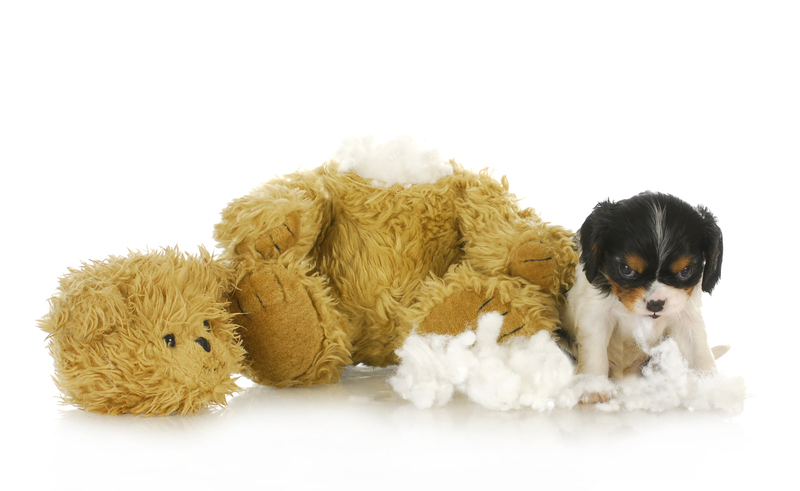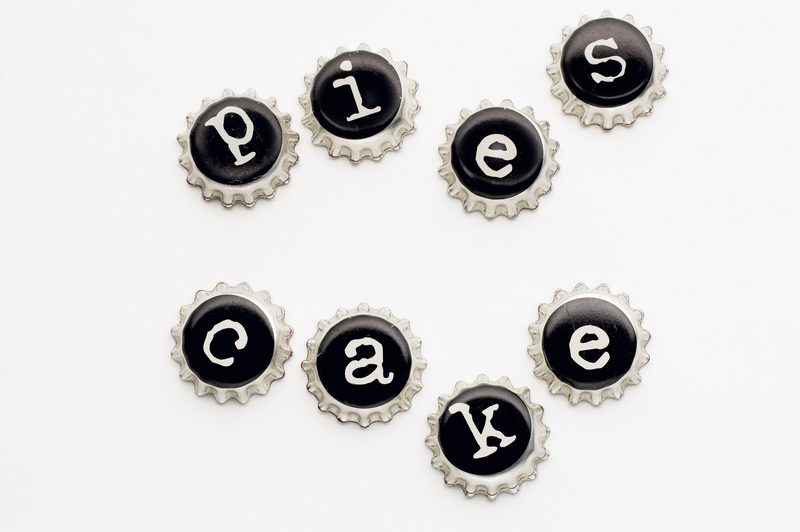Making Recycling Understandable and Fun for Kids
Recycling is an integral part of leading a sustainable lifestyle. However, explaining the concept of recycling to children can sometimes be challenging. Today, teaching kids about waste management and instilling eco-friendly habits is more crucial than ever. In this comprehensive guide, we'll explore creative tips, engaging activities, and strategies for making recycling understandable and fun for kids. Whether you're a parent, teacher, or community leader, you'll discover practical steps to ignite a lifelong passion for caring for the planet.

Why is Teaching Kids to Recycle Important?
Children are the stewards of tomorrow's environment. When we help them understand recycling and make eco-friendly choices enjoyable, we're not just nurturing their minds but also investing in the earth's future. Teaching kids about recycling goes beyond keeping plastic bottles out of landfills; it's about raising generations who value resources, reduce waste, and embrace sustainability.
- Early Environmental Awareness: Instilling these values from a young age fosters lifelong positive habits.
- Practical Life Skills: Recycling teaches decision-making, responsibility, and problem-solving.
- Community Impact: Kids can inspire friends and family, spreading good recycling habits throughout their network.
- Creative Thinking: Fun recycling projects spark imagination and innovation.
Explaining Recycling in Kid-Friendly Terms
For anyone making recycling understandable for kids, it's vital to use simple language and relatable examples. Try breaking down complex terms into bite-sized ideas children can grasp. Here's how you can explain the basics:
What is Recycling?
Recycling means taking things we've finished using, like old plastic bottles or empty cereal boxes, and turning them into something new. Instead of throwing everything away, we sort and send them to special places where they become awesome new objects!
Why Should We Recycle?
- It saves energy - Making new things from recycled things uses less energy than starting from scratch.
- It protects animals - Less trash means cleaner homes for animals and birds.
- It keeps our planet clean - Recycling helps keep parks, roads, and rivers free from litter.
Fun and Creative Recycling Activities for Kids
One of the best ways to make recycling fun for children is through hands-on activities and games. When children are directly involved, they are more likely to remember the lesson and feel enthusiastic about making eco-friendly choices.
1. The Great Recycling Sorting Game
Collect clean recyclables (plastic, paper, metal, glass) and non-recyclable items (like food wrappers). Create labeled bins and ask your kids to sort the items correctly. Turn it into a timed challenge or a family competition - the winner could be crowned the "Recycling Hero" for the week!
2. DIY Recycled Crafts
Spark creativity by turning old items into art projects. Empty toilet paper rolls become binoculars, milk cartons transform into birdhouses, and newspaper can be used for papier-mache sculptures. Not only does this reduce waste, but it also allows kids to see first-hand how "trash" can become "treasure."
3. Recycling Scavenger Hunt
Turn recycling into a household adventure! Create a list of recyclable items around the house and see how many each child can find. Include challenges like "Find something blue that can be recycled" or "Spot an item that can be composted." This teaches children to recognize recyclable materials in everyday life.
4. Visit a Recycling Center
Organize a family trip to a local recycling plant or landfill. Many facilities offer kid-friendly educational tours. Observing the recycling process in action helps children see the big picture and appreciate the journey from bin to new product.
5. Recycling Story Time
Read environmentally themed books together. Titles such as The Adventures of a Plastic Bottle or Why Should I Recycle? can help kids visualize the recycling process and its importance. Afterwards, discuss the story's key messages.
Tips for Making Recycling Easy to Understand
Success in making recycling understandable for young minds lies in clear explanations, relatable examples, and practical demonstrations. Here are a few helpful strategies:
- Use visuals: Color-coded bins with fun images help even pre-readers participate in sorting waste.
- Hands-on learning: Let children touch and sort different materials, from crinkly plastic to stiff cardboard.
- Repetition: Make recycling part of your daily routine - consistency helps cement good habits.
- Encourage questions: Welcome curiosity about recycling and research answers together.
- Connect to real life: Point out recycled products at the store, like toilet paper or toys made from old plastic.
Exploring the Journey of Recyclables
Children are naturally curious. To keep kids engaged, explain what happens to recycling after it leaves the bin. Describe the journey in kid-friendly, step-by-step terms:
- Collection: Recycling trucks pick up the sorted materials from homes and schools.
- Sorting: At the recycling center, machines and workers separate items by type--paper, plastic, metal, glass.
- Cleaning: Materials are washed to remove food, glue, or labels.
- Processing: The clean materials are broken down--plastics are melted, glass is crushed, paper is pulped.
- New Products: Factories use the raw recycled material to create something brand new, like playground equipment, notebooks, or soda cans.
How to Set Up a Kid-Friendly Recycling Station at Home
A home kids recycling station makes it easy and fun for little ones to take part. Here's a step-by-step guide:
Step 1: Choose a Spot
Pick a location that's accessible for children--under the kitchen sink, in the garage, or in the mudroom.
Step 2: Color-Code the Bins
Use bright stickers, drawings, or colored bins to indicate paper, plastic, glass, and metal. For younger children, use pictures rather than words.
Step 3: Post a Recycling Guide
Hang a simple chart above the bins outlining what can and cannot go in each. Involve kids in decorating or drawing the guide.
Step 4: Create Incentives
Offer small rewards when your children use the recycling station correctly for a week. Stickers, extra bedtime stories, or picking out a new recycled craft project are great motivators.
Incorporating Recycling Education into School and Community
Beyond the home, schools and communities play a vital role in making recycling engaging for children.
School Initiatives
- Classroom recycling bins: Age-appropriate, decorated bins in each classroom promote daily participation.
- Eco-clubs: After-school clubs focused on recycling projects, upcycling challenges, and environmental games.
- Recycling drives: Organize collection days for specific items, like used batteries, old clothes, or electronic waste.
- Competitions: Friendly contests between grades for who can recycle the most over a month.
Community Projects
- Neighborhood clean-ups: Host family-friendly events to pick up litter and sort recyclables.
- Art installations: Collaborate on community art made from recyclable materials--for example, a mural from bottle caps.
- Composting: Start a communal compost project to teach about decomposing and gardening.
Top Tips for Keeping Recycling Fun and Relatable
Kids learn best when having fun. Here's how to keep recycling activities fresh and appealing:
- Mix Learning with Play: Use music, rhymes, dance, or storytelling to reinforce recycling messages.
- Let Kids Be Leaders: Assign titles like "Recycling Captain of the Day" to give a sense of responsibility.
- Rotate Activities: Try scavenger hunts one week and craft projects the next.
- Show Real Impact: Before-and-after pictures from a cleanup day demonstrate change and encourage pride.
- Celebrate Small Wins: Every milk jug or cereal box recycled is a victory--recognize their efforts loudly and often!
The Role of Parents and Guardians in Fostering Positive Recycling Habits
Children model their behavior after the adults around them. To truly succeed in making recycling understandable and fun for children, be a recycling role model. Here's how:
- Practice What You Preach: Visibly sort your own waste, and explain what you're doing.
- Discuss Mistakes Without Judgment: If something ends up in the wrong bin, turn it into a gentle learning opportunity.
- Link Recycling to Family Values: Connect recycling to themes of kindness, teamwork, and caring for living things.
- Stay Curious Together: Let kids suggest new recycling ideas and experiment with eco-friendly swaps.

Frequently Asked Questions about Teaching Kids to Recycle
At what age can children start learning about recycling?
Children as young as two or three can participate in basic recycling--like putting paper in the correct bin--especially with visual cues and adult supervision.
How can I correct my child without discouraging them?
Always use positive language. Instead of "No, that's wrong," try "Let's check together to see which bin is best for this."
What should I do if my child is uninterested in recycling?
Make it a game, tie it to their interests (like crafting or stories), or offer small rewards for consistent participation.
Are there any good recycling resources for kids online?
Absolutely! Websites like Kids for Saving Earth and EPA's Recycling Resources offer interactive guides and printable activities.
Conclusion: Raising Earth-Loving Kids, One Recycling Bin at a Time
Making recycling understandable and fun for kids isn't just about saving bottles and cans. It's about nurturing thoughtful, resourceful, and compassionate citizens who will inherit responsibility for our planet. By weaving recycling into daily routines, schools, and community projects in fun and innovative ways, we help ensure that each new generation values and practices sustainability.
So grab some bins, get creative, and let your home, classroom, or neighborhood blossom with the energy of young recyclers. Together, we can make a big difference--one small habit at a time!